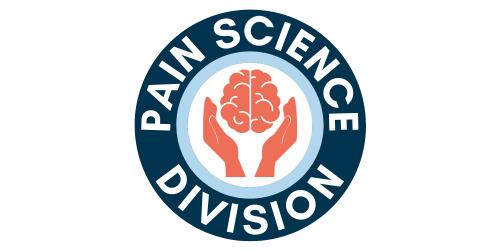The Revised Neurophysiology of Pain Questionnaire (NPQ)

Outcome Measure Review
Julie Penner, PT, describes how the original NPQ contained several items with poor psychometric properties. Catley et al. 2013 subjected the questionnaire to substantial analysis, and deleted these items. “The final Revised-Neurophysiology of Pain Questionnaire (R-NPQ), with 13 items, has six items removed from the original NPQ.”
What is the Neurophysiology of Pain Questionnaire?
The Neurophysiology of Pain Questionnaire (NPQ) was created to assess how patients with chronic pain understand the biological processes of pain. The NPQ consists of 19 items to which patients respond “True”, “False”, or “Undecided”. One point is given for each correct answer, while zero points are given for each answer that is incorrect or that is marked as undecided.1 Patients’ understanding of their pain will influence their experience of pain, especially in chronicity. The NPQ provides important information about patients’ understanding of their pain. The NPQ has also been used in research – information from the NPQ has been used to explore the relationships that exist between patient knowledge, their pain experiences, thoughts (catastrophizing), coping strategies, and disability. 2 Although the NPQ has been widely used, the psychometric properties of the NPQ were not comprehensively tested until Catley, O’Connell, and Moseley’s study published in 2013. 1
How was the NPQ Revised?
Catley et al. completed a Rasch analysis of the NPQ, including analysis of person fit, targeting, reliability, unidimensionality, and item bias. Person fit included removing responses from those who were suspected of guessing;; targeting included ensuring that the difficulty of questionnaire items matched the ability of respondents;; reliability included measuring for test-retest reliability and internal consistency;; unidimensionality was analyzed to ensure that all the questionnaire items measured the same construct of pain knowledge;; and item bias was analyzed to prevent items from biasing towards gender, diagnosis, age, or ability. After the Rasch analysis, seven poorly functioning items were removed. A new analysis of the NPQ, with the seven poorly functioning items removed, resulted in a questionnaire with superior psychometric properties. The final Revised-Neurophysiology of Pain Questionnaire (R-NPQ), with 13 items, has six items removed from the original NPQ. 1,2
Reasons You May Consider Using the R-NPQ:
- To measure patients’ knowledge of pain
- To determine where patients require further pain education
- To evaluate effectiveness of pain education sessions
References:
Catley, M.J., O’Connell, N.E., & Moseley, G.L. (2013). How good is the Neurophysiology of Pain Questionnaire? A Rasch analysis of psychometric properties. The Journal of Pain, 14(8), 818-827.
Catley, M.J., O’Connell, N.E., & Moseley, G.L. (2012). How good is the Neurophysiology of Pain Questionnaire? A Rasch analysis of psychometric properties [PDF document]. Poster for World Congress on Pain, Milano, Italy. Retrieved from http://www.bodyinmind.org/wp-content/uploads/How-good-is-the-NPQ.pdf
Revised Neurophysiology of Pain Questionnaire (2013). Body in Mind, Research into the role of the brain and mind in chronic pain. University of South Australia & Neuroscience Research Australia. Retrieved from http://bodyinmind.org/wp-content/uploads/Revised-neurophysiology-of-Pain-



